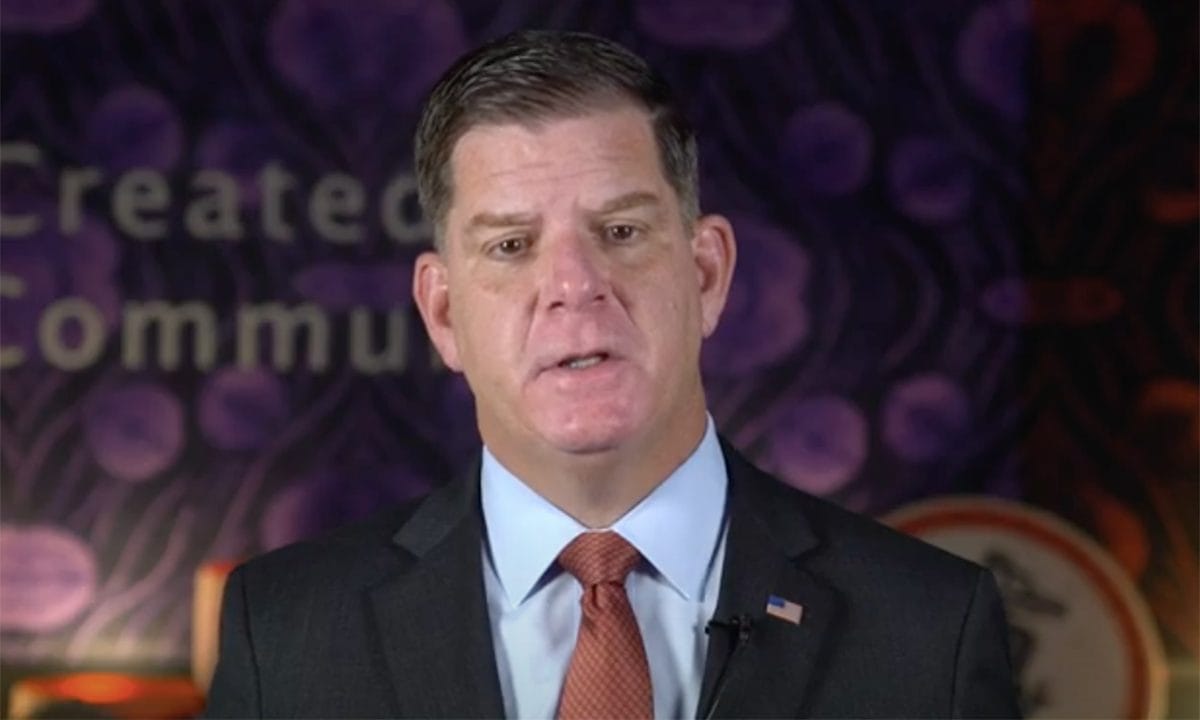Summary
-
Misclassifying full-time employees as independent contractors can lead to legal and compliance issues down the line.
-
There are a number of ways to determine whether or not a worker should be classified as an employee or contractor.
-
Aside from seeking legal counsel, employers can use workforce management solutions to stay compliant with labor laws and properly classify workers.
The number of freelancers and independent contractors is growing steadily in the United States. McKinsey found that approximately 58 million American workers, or 36% of the American working population, consider themselves to be independent workers. This figure is expected to reach 90.1 million by 2028.
With this rise in contractors in recent years, worker protection laws are shifting to reduce incorrect worker classification.
Worker misclassification is when a company hires individuals as self-employed or independent contractors to carry out the tasks of a full-time worker.
To learn more about the misclassification of employees and its implications, we spoke with Hinshaw & Culbertson law partner Aimee Delaney.
What exactly is worker misclassification?
“Misclassification is a term that is used when an employer incorrectly identifies an individual or position as an independent contractor when the individual is really an employee,” said Delaney.
According to Delaney, there are a number of circumstances that can motivate employers to classify individuals as contractors:
- Independent contractors are not subject to state and federal wage laws, which means they are not entitled to overtime if they work over 40 hours a week.
- An employer does not have to pay the employer portion of payroll taxes and does not make withholdings for an independent contractor.
- An independent contractor is also not entitled to benefits such as workers’ compensation or unemployment benefits from the organization that the individual contracts with.
“Misclassification does not require bad intent to be a violation,” said Delaney, “so even if it was an honest mistake, it can still present a violation of law.”
Delaney added that the definition of an employee, as opposed to an independent contractor, lies with the employer. It should evaluate whether it has employees on the payroll who are performing the same work and function as the independent contractor. A good follow-up to that question is will the independent contractor be performing the main work of the business.
“Answering these questions in the affirmative is usually a sign of trouble,” Delaney said. “So if I run a home health business and have a staff of 25 home health workers but want to bring on three more as independent contractors, you are probably well on your way to misclassification.”
Delaney said the home care and home health industry can suffer from labor shortages. While trying to use independent contractors to address a shortage of workers may be tempting, it can also be risky, she said.
“Staffing agencies would be a better resource in that scenario, as it avoids the misclassification issue,” Delaney said. “You may not be able to avoid a joint employer issue, but at least you should avoid the misclassification issue.”
Why does employee misclassification matter?
Employee misclassification is bad for business, bad for workers, and bad for the public sector. According to the U.S. Department of Labor (DOL), misclassified employees lead to lost government contributions that should be going towards things like state unemployment insurance and workers’ compensation insurance.
While employers might attempt to incorrectly classify their employees to avoid having to deal with tax withholding, the financial and reputational consequences of doing so greatly outweigh the savings.
Workers who carry out the role of employees but are contracted as freelancers are not entitled to the same rights and benefits. They are not eligible for things like paid vacation and sick leave and can be laid off much more easily.
Independent contractors are also responsible for paying their own Social Security and Medicare through the Self Employment Tax (SET).
How do employers typically classify a permanent employee versus an independent contractor?
When an employer hires a permanent employee, that person is expected to devote their full workday to the tasks they are given by the employer. Permanent employees cannot work for other organizations at the same time.
The employment relationship between a company and an independent contractor, on the other hand, is of a different nature. According to Delaney:
An employer will typically only have an independent contractor for some type of special project that falls outside of the normal business conducted by the operation. For example, a law firm may need to upgrade its document management system and retain a third-party vendor as an independent contractor to complete the project. The contractor is not performing the work of the law firm, the law firm does not exercise control or supervision over the vendor and only controls the ultimate product. This concept is also separate from the concept of temporary staffing, which relies on the use of temporary workers that are employed by a third party.
The California law Assembly Bill 5 (AB-5) clarifies the difference between employee and contractor in the state. The California Supreme Court requires the use of the ABC test, outlined on the ca.gov website, which assigns three conditions that must be met to consider an employee as an independent contractor:
- The worker is free from the control and direction of the hiring entity in connection with the performance of the work, both under the contract for the performance of the work and in fact;
- The worker performs work that is outside the usual course of the hiring entity’s business; and
- The worker is customarily engaged in an independently established trade, occupation, or business of the same nature as that involved in the work performed.
(Source: https://www.labor.ca.gov/employmentstatus/abctest/)
Also read: Ease compliance concerns with workforce management software
What is the advantage for employers to classify their workforce as independent contractors?
Some employers think worker misclassification is worth it because contractors are more affordable. But Delaney says the risks involved outweigh the perceived benefits:
“There is no advantage to employers if the classification is not correct, because the risk and liability will generally outweigh any benefit. If the classification is appropriate, the advantage is often a lower cost with a known end date. As noted above, independent contractors are not subject to state and federal wage laws, so they are not subject to the minimum wage and overtime requirements.”
What should employers know about defining their workforce to avoid misclassification?
“Employers must be aware of the key concepts and tests that are applied to determine whether independent contractor status is appropriate,” says Delaney. “These are the tests that will get used by the Labor Department, the Equal Employment Opportunity Commission (EEOC), the IRS, etc. In some form or fashion, these tests all look to the level of control exercised by the organization over the individual and the economic realities of the relationship.”
If you are using the services of independent contractors, Delaney recommends that you carry out regular audits to make sure that you are doing so in a compliant way. If you do find cases of misclassified employees, you will also need to assess whether any overtime wages are owed to them.
Also read: What employers and HR should expect from new Labor Secretary Marty Walsh
Is employee misclassification a growing trend in wage and hour/overtime violations? If so, why is that?
The wage and hour laws stipulated in the Fair Labor Standards Act (FLSA) do not apply to independent contractors. Because of this, companies with misclassified workers are often found guilty of breaking wage and overtime violations.
If a worker is found to be misclassified, their employers might end up owing them significant amounts of money in back wages.
Stay compliant with a workforce management tool
Navigating federal and state laws around labor codes and employee classification can be tricky. The language is complicated and misinterpreting it can lead to mistakes that break the bank and your reputation. So when in doubt, seek legal advice.
Workforce.com can help with our powerful wage and hour compliance platform. It accounts for federal, state, and regional wage laws when paying salaries, even in situations where your staff might be distributed around the country. And most importantly, an automated workforce management system helps you maintain an accurate paper trail for whenever external audits come knocking. With detailed labor records, you can rest assured that misclassification accusations will never catch your organization off guard.
Book a demo today to keep your time tracking and scheduling air-tight.











